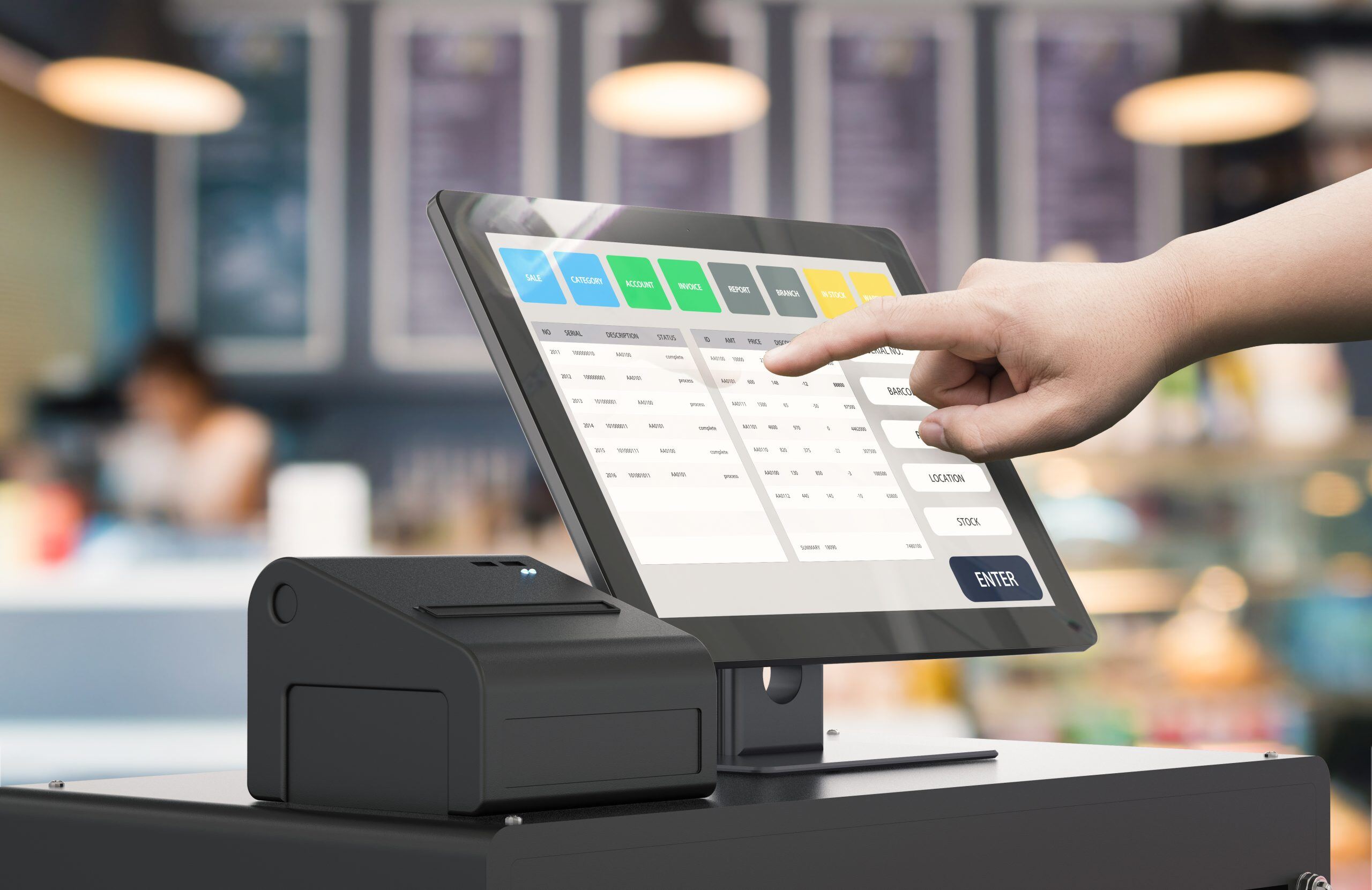Facing the complexities of commercial bankruptcy can be a daunting ordeal for any business owner. One crucial aspect of this...
Facing the complexities of commercial bankruptcy can be a daunting ordeal for any business owner. One crucial aspect of this process is the proper liquidation of equipment. Effective equipment liquidation is essential not only for debt repayment but also for maintaining transparency and optimizing outcomes for stakeholders. In this comprehensive 1900-word guide, we'll walk you through the steps of expertly navigating equipment liquidation within a commercial bankruptcy, while incorporating relevant and trending keywords to ensure you're equipped with the latest insights.
Understanding Equipment Liquidation in Commercial Bankruptcy
Equipment liquidation, a fundamental aspect of commercial bankruptcy, involves converting a business's tangible assets into cash to satisfy outstanding debts and obligations. An effective Bankruptcy liquidation process can significantly influence the financial outcome for creditors and stakeholders.
Here's an in-depth look at all the steps involved.
1. Conducting a Comprehensive Assessment
Begin by conducting a meticulous inventory of all equipment, including machinery, technology, vehicles, and furniture. A thorough assessment forms the foundation of accurate valuation and equitable distribution of assets during the bankruptcy proceedings.
2. Precise Valuation and Appraisal
Accurate valuation of equipment is paramount to determine its true market value. Collaborate with certified appraisers who possess expertise in your industry to ensure impartial and accurate valuation reports. Needless to say, equipment appraisal in bankruptcy is even more crucial. This valuation serves as a cornerstone for negotiations and equitable distribution.
3. Prioritizing Debts and Liabilities
It's imperative to prioritize debts and liabilities in alignment with the hierarchy of creditor claims. This hierarchy dictates the sequence in which equipment is liquidated and creditors are repaid, affecting the overall bankruptcy process.
4. Exploring Negotiations and Auctions
Exploring negotiations with secured creditors can lead to agreements that allow the retention of select equipment in exchange for partial payment. The incorporation of trending keywords such as "secured creditors" and "negotiations" underscores the significance of this step. Additionally, online and physical auctions provide effective platforms for equipment liquidation, harnessing the power of competitive bidding to maximize returns.
5. Maintaining Transparent Communication
Transparency is the bedrock of successful equipment liquidation in commercial bankruptcy. Consistent and transparent communication with all stakeholders fosters trust and ensures that all parties are well-informed about the progress and projected outcomes.
Best Practices for Effective Equipment Liquidation
To navigate equipment liquidation successfully, consider these best practices, seamlessly woven with trending keywords:
1. Collaborate with Industry Experts
Engage seasoned bankruptcy attorneys, financial advisors, and appraisers with specialized knowledge in asset liquidation strategies. Their expertise will guide you through legal intricacies and ensure compliance with bankruptcy laws.
To make the most of your time and entire process as stress-free as possible consider hiring the experts from the Surplus Asset Management team. With over 40 years of experience, all the equipment will be showcased to a huge network of potential clients. So you have the potential to reach the right customers.
2. Leverage Technological Platforms
Utilize modern online platforms and technology-driven auction sites to broaden your reach to potential buyers. This approach enhances visibility, encouraging competitive bidding and potentially driving up the final sale price.
3. Strategic Timing
Strategic timing plays a pivotal role in equipment liquidation. Selling assets during optimal market conditions can influence their perceived value and ultimate sale price. Monitoring market trends and considering seasonal fluctuations is essential before making selling decisions.
4. Craft Compelling Marketing Material
Absolutely, creating engaging descriptions, high-quality images, and informative videos of the equipment can significantly enhance the appeal of the assets you're offering for liquidation. By strategically incorporating keywords like "high-quality," "well-maintained," and "industry-standard," you'll emphasize the value of these assets to potential buyers.
5. Bundle Assets for Value
Explore bundling related equipment together as a package deal, catering to buyers seeking comprehensive solutions. Bundling can expedite sales and potentially increase the overall value of liquidated assets.
6. Maintain Equipment Integrity
Even within the confines of bankruptcy proceedings, maintaining equipment in good condition is critical. Well-preserved assets tend to attract higher offers, benefiting both creditors and stakeholders alike.
7. Objectivity Over Emotion
Emotions can run high during bankruptcy proceedings, but decisions must be grounded in logic and the best interests of all parties involved. Prioritizing the collective good over personal attachment is essential.
Conclusion
Effectively navigating equipment liquidation within a commercial bankruptcy is a multifaceted endeavor that demands careful planning, collaboration, and a strategic approach. By upholding transparency, leveraging professional insights, and staying attuned to market trends, businesses can optimize returns for creditors and stakeholders while successfully steering through the complexities of bankruptcy. Remember, each bankruptcy case is unique, so customize these steps and practices to align with your business's specific circumstances and requirements.
Recent Posts
The phrase "New Year, New Me" is commonly used to...
This Holiday Season, Unwrap the Savings and...
Is your task list getting longer and longer?...
Posts by Tag
- Corporate Sustainability (5)
- Surplus Asset Management (5)
- Auction Options (3)
- Equipment Sales (3)
- Grocery Store Auctions (3)
- Removals (3)
- Restaurant Equipment (2)
- Used Grocery Equipment (2)
- POS systems (1)
- Refrigeration Equipment (1)
- Sustainability (1)
- Used Restaurant Equipment (1)
- auctions (1)
Popular Posts
In this current economic climate it’s not...
You know Surplus Asset Management has been...
If you’re new to the auction space, you likely...





